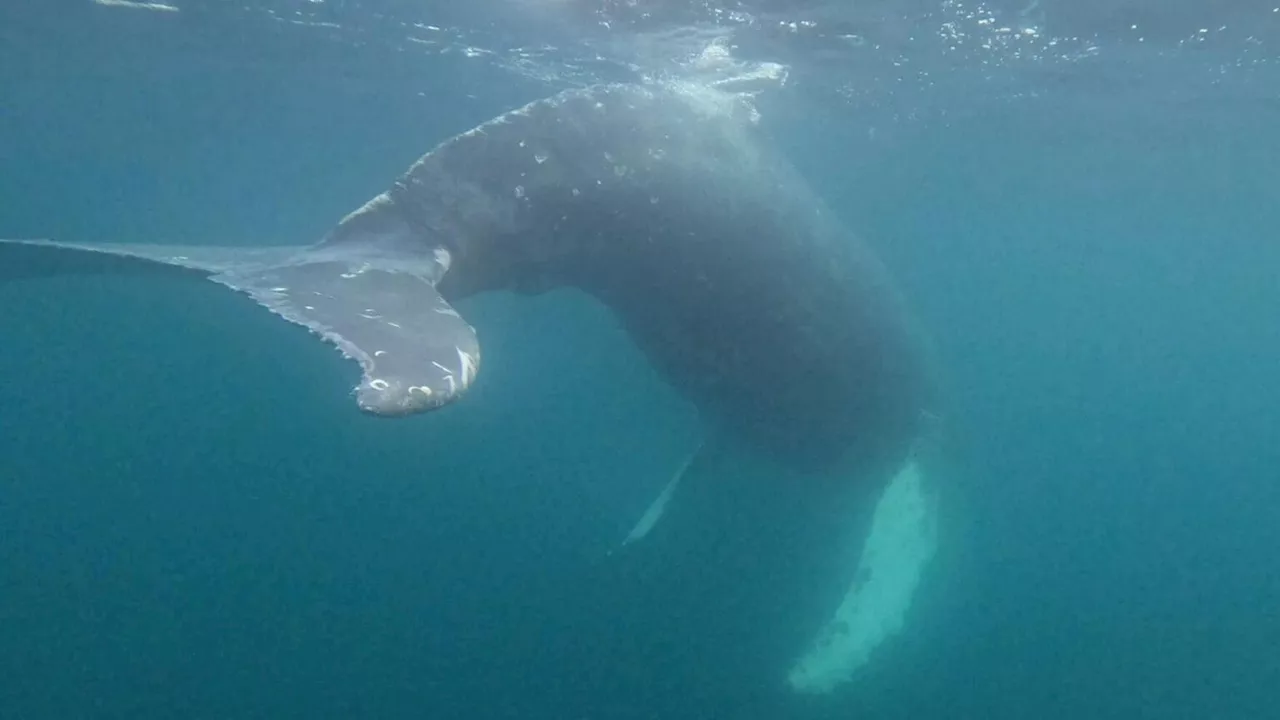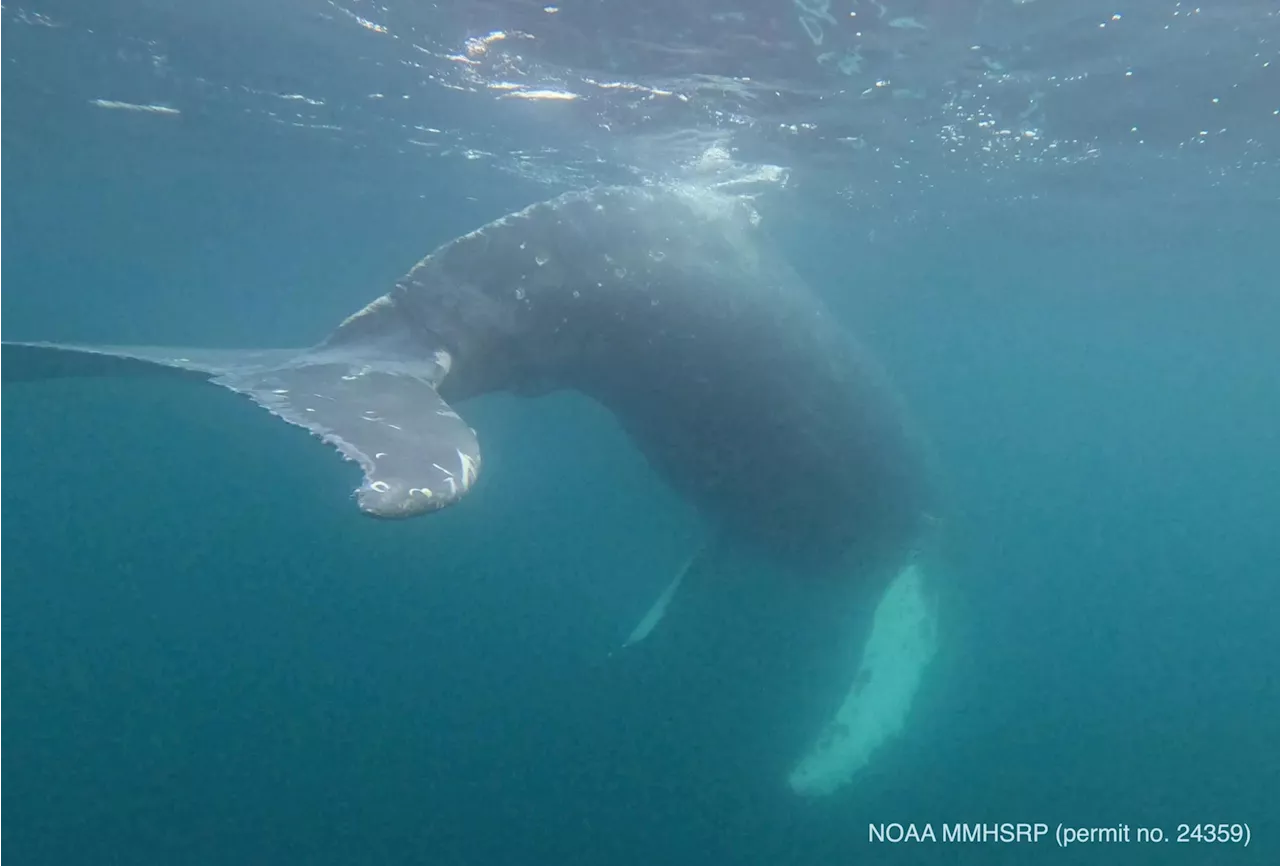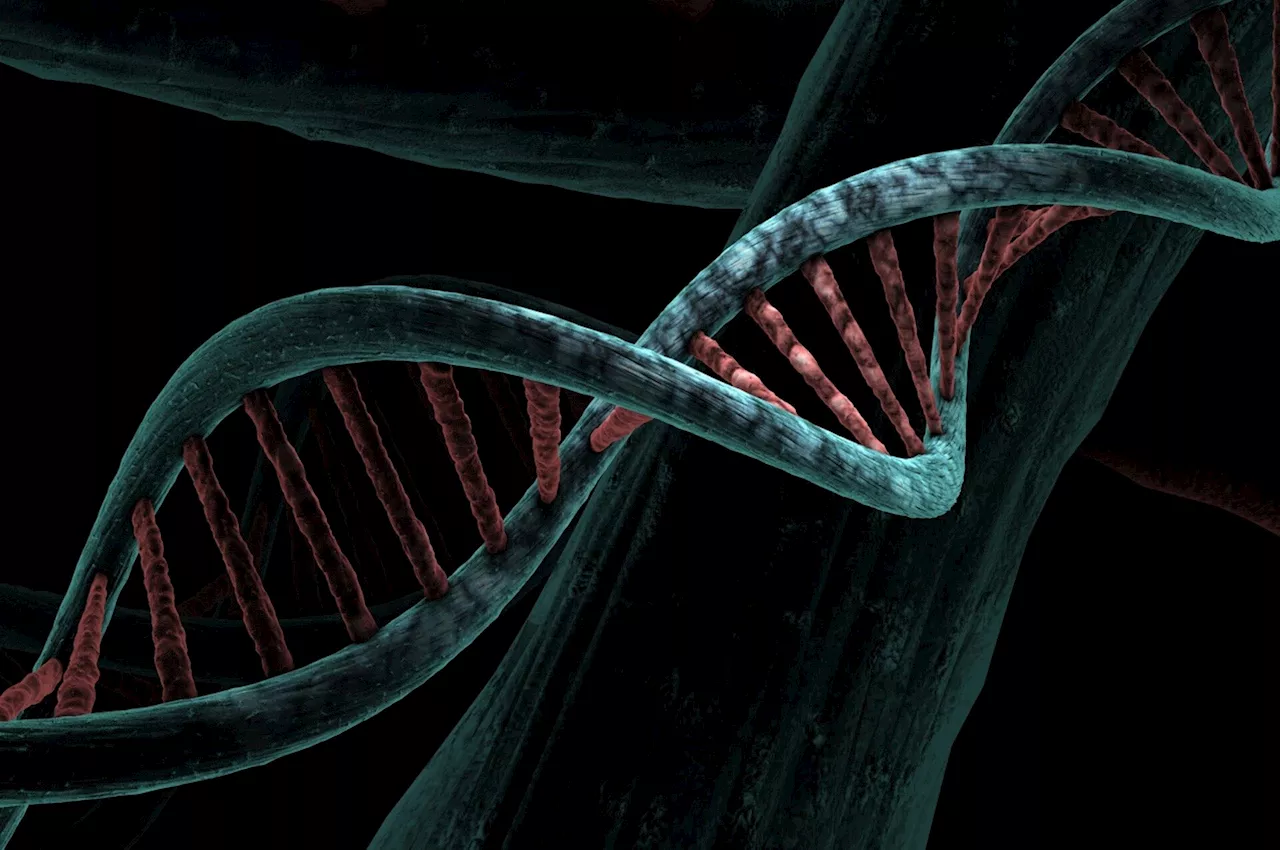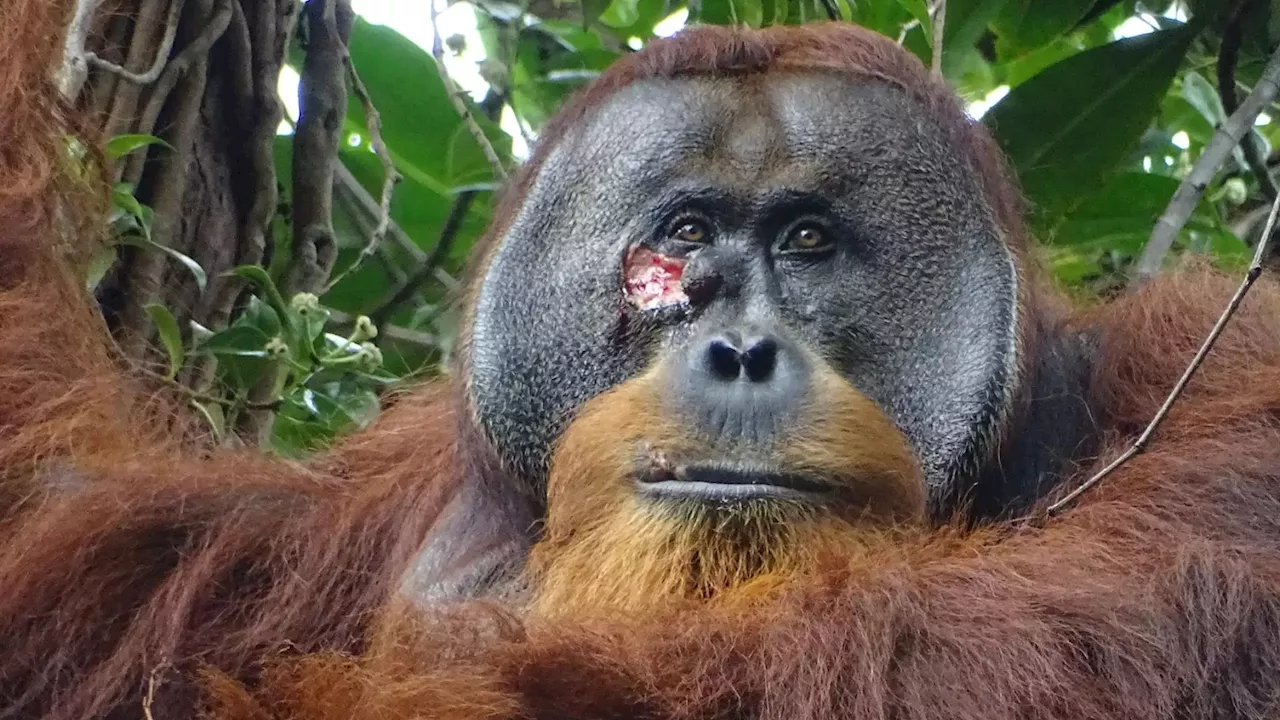Biologists just observed a wild male Sumatran orangutan treating an active wound on his face at a Suaq Balimbing research site in Indonesia.
A wild male Sumatran orangutan treated his wound with a medicinal plant, the first time such behavior had ever been observed in a close relative of ours.
Thus far, researchers have witnessed animals ingesting plants to self-medicate but infrequently. The great apes, our closest evolutionary tie, do utilize plants to treat parasite infection and sore muscles. Recently, chimpanzees even rubbed insects into their wounds. However, wound treatment with a biologically active substance has remained to be seen until now.
After chewing the plant, Rakus applied the liquid to the wound in his cheek for about seven minutes. He then dressed it with the leaves and continued to ingest the plant. The wound began to close in five days and fully healed in a month. “Interestingly, Rakus also rested more than usual when being wounded. Sleep positively affects wound healing as growth hormone release, protein synthesis and cell division are increased during sleep,” she explains. to treat himself and that his method worked. Signs of wound treatment in other animals have not been confirmed as having a real effect until now.
They don’t know whether Rakus has ever performed the same action before. They also cannot confirm if he learned it from other orangutans from his birthplace. His place of origin is unknown. After Orangutan males reach adulthood, they travel long distances to establish a new home or to move between homes. Perhaps, Schuppli postulated, other orangutans exhibit similar behavior.The first documented evidence of humans treating wounds appeared in a medical manuscript from 2200 BCE.
United States Latest News, United States Headlines
Similar News:You can also read news stories similar to this one that we have collected from other news sources.
 Biologists Study How Birds Respond to Darkness During 2024 EclipseBiologists are interested in understanding how birds will react to darkness during the 2024 eclipse. They want to know if birds will change their behaviors and if nocturnal animals will be affected. A new project and app are being developed to collect data from community scientist volunteers.
Biologists Study How Birds Respond to Darkness During 2024 EclipseBiologists are interested in understanding how birds will react to darkness during the 2024 eclipse. They want to know if birds will change their behaviors and if nocturnal animals will be affected. A new project and app are being developed to collect data from community scientist volunteers.
Read more »
 Biologists describe freeing Unalaska whale from ‘life-threatening entanglement’The whale cooperated during the rescue and even seemed curious at times.
Biologists describe freeing Unalaska whale from ‘life-threatening entanglement’The whale cooperated during the rescue and even seemed curious at times.
Read more »
 Biologists describe freeing Unalaska whale from ‘life-threatening entanglement’After a young humpback whale was found entangled in Iliuliuk Bay, experts carefully cut the line wrapped around its mouth and tail Friday.
Biologists describe freeing Unalaska whale from ‘life-threatening entanglement’After a young humpback whale was found entangled in Iliuliuk Bay, experts carefully cut the line wrapped around its mouth and tail Friday.
Read more »
 Biologists reveal how gyrase resolves DNA entanglementsBiologists have discovered the mechanism by which gyrase resolves DNA entanglements. This finding sheds light on the process of DNA replication and could have implications for understanding genetic diseases.
Biologists reveal how gyrase resolves DNA entanglementsBiologists have discovered the mechanism by which gyrase resolves DNA entanglements. This finding sheds light on the process of DNA replication and could have implications for understanding genetic diseases.
Read more »
 Sawfish rescued in Florida as biologists try to determine why the ancient fish are dyingA large sawfish that showed signs of distress has been rescued by wildlife officials in the Florida Keys, where more than three dozen of the endangered fish have died for unexplained reasons in recent months
Sawfish rescued in Florida as biologists try to determine why the ancient fish are dyingA large sawfish that showed signs of distress has been rescued by wildlife officials in the Florida Keys, where more than three dozen of the endangered fish have died for unexplained reasons in recent months
Read more »
 Sawfish rescued in Florida as biologists try to determine why the ancient fish are dyingST. PETERSBURG, Fla. (AP) — A large sawfish that showed signs of distress was rescued by wildlife officials in the Florida Keys, where more than three
Sawfish rescued in Florida as biologists try to determine why the ancient fish are dyingST. PETERSBURG, Fla. (AP) — A large sawfish that showed signs of distress was rescued by wildlife officials in the Florida Keys, where more than three
Read more »
